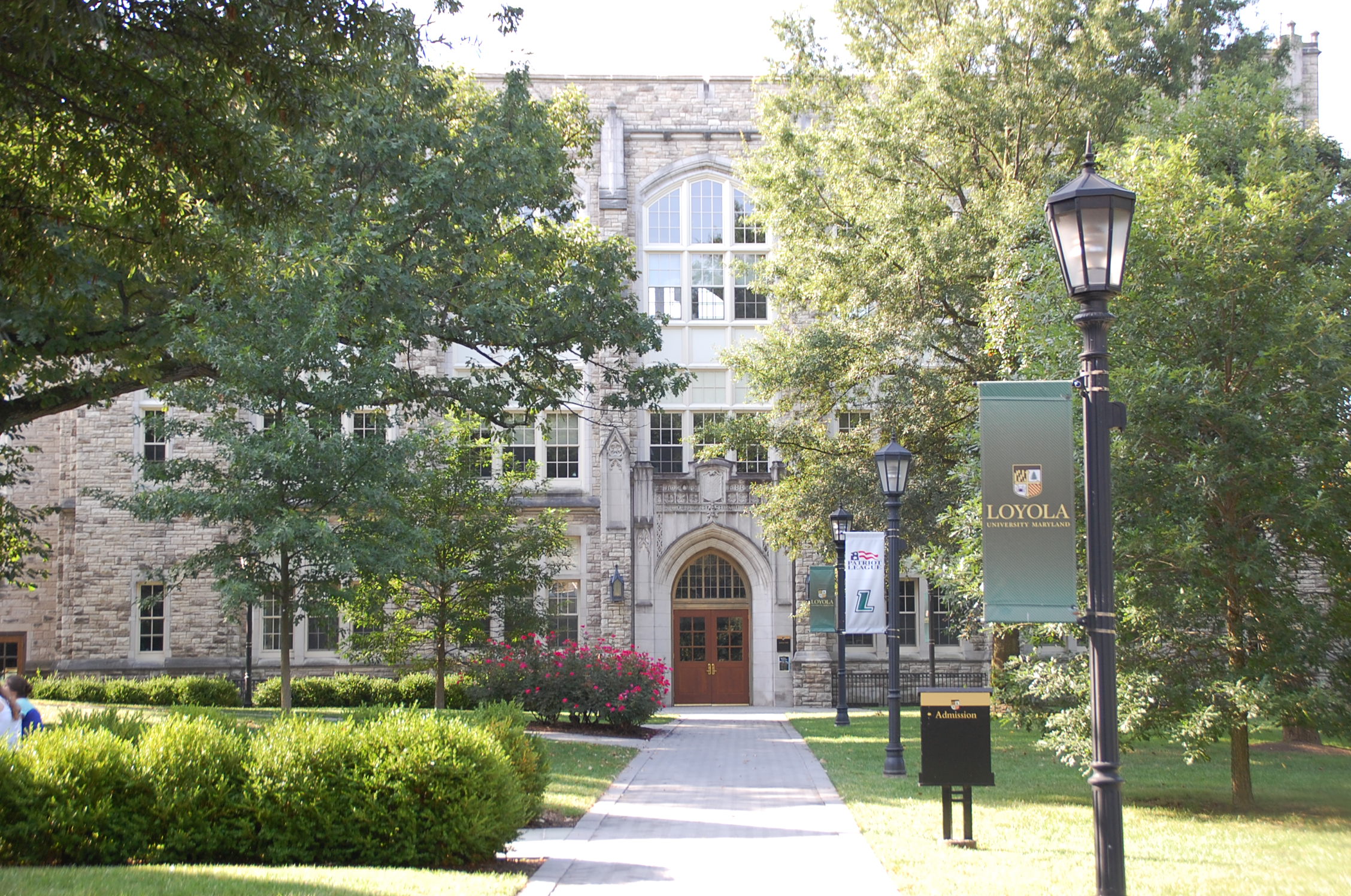How do the Academics Work in the US? Everything you need to know!

Academic year
The academic year can vary from college to college. Many will follow the same suit where they provide two main semesters: the fall and the spring. The fall semester is seen as the start of the academic new year and commences typically from August through to the first or second week in December. After completing the fall semester most athletes (depending on their sports and seasons) will then have an entire month off for Christmas break. After the holidays, the spring semester commences from the mid-end of January and goes until around April/May time. This would be followed, again pending on the sport you compete in, by three months off during the summertime.
Other colleges may follow a slightly different format in that they may have trimesters or quarters. This means having three terms or quarterly terms that are slightly smaller but stretched across the year as well. The trimesters will usually commence as three periods in the autumn, winter, and spring. Quarterly semesters will be the same as the typical two semesters, but again, slightly shorter and can span across the summertime as well.
Summer classes
There is an option for students to take summer classes if they would like to. For most colleges that follow the typical two-semester year, a student can take classes throughout the summer which can usually last anywhere from 6 to 8 weeks. These optional classes across the summer are for those students who want to get through their course faster or to even help reduce the workload during the other semesters. Additionally, some students who want to double major or add in a minor may take extra classes across the summer to stay on track as well.

What to study?
The US offers 30% more courses than in the UK alone. There is an abundance of opportunity when it comes to academics and the area you wish to specialize in. As a student-athlete, you can study absolutely anything you wish to gain a degree in. There is a myth that being on a scholarship means you must study something sports-related. This Myth is actually false. If you enjoy studying something within sports you can totally do this, but if you do not, you can study anything at all.
Major vs. Minor
While studying towards your degree, this will be referred to as your ‘Major’. Your major is essentially the academic subject that you will commit to getting your degree in while at undergraduate studies. Your major can often change and with the way the academic system works at college in the USA, they allow you to try out different classes to determine the exact major you wish you pursue. A ‘Minor’ is essentially a secondary area of academics that you focus on. A minor allows you to get extra knowledge and specific information on a secondary subject you are interested in. You do not have to do a minor, but some students do it to add variety to their degree and focus on a secondary subject. Often the minor degrees are associated with the major a student selects, but this does not always have to be the case as it can be based on personal interests as well.

Course credits and number of classes taken each semester
As a student-athlete attending college with two semesters, usually, you will take anywhere between 4-6 classes a semester. As a full-time student, 5 classes is considered the norm, but it can vary depending on how many credits each class holds. In basic terms, to understand credits, imagine that to graduate you need 120 credits. Most classes will contain 3 credits and if you take 5 classes in the fall and 5 classes in the spring that all have 3 credits each, you will have completed 30 credits for the year. This means you can be on track to completing the required 120 credits in order to graduate. All of this is dependent on the major you decide to take and the credits each class is worth. Although some classes will be 3 credits you may find that some classes could be less than this or even more than this. Therefore, the number of classes you take each semester can vary to help keep you on track to completing your degree on time.
Typical weekly class schedule
A class schedule at university will vary depending on the classes each student takes and how that specific school actually works. One of the general rules of thumb with classes tends to be that any classes you take on a Monday you may take again on a Wednesday and possibly Friday. Then those classes you take on a Tuesday means you also tend to take them on a Thursday as well. Again, not always the case, but below shows an example of what you might expect to see with a typical class schedule while studying in the US.
| 8:00am – 8:55am | 9:00am – 9:55am | 10:00am – 10:55am | 11:00am – 11:55am | 12pm – 12:55pm | |
| Monday | Intro to Biology | College Algebra | FREE | Sports Nutrition | FREE |
| Wednesday | Intro to Biology | College Algebra | FREE | Sports Nutrition | FREE |
| Friday | Intro to Biology Lab | College Algebra | FREE | Sports Nutrition | FREE |
| 8:30am – 9:45am | 10am – 11:15am | 11:30am – 12:45pm | 1pm – 2:15pm | 2:30pm – 3:45pm | |
| Tuesday | FREE | Health Analysis | College Writing | FREE | FREE |
| Thursday | FREE | Health Analysis | College Writing | FREE | FREE |

Grade Point Average (GPA)
The US academic system works by determining each individual’s Grade Point Average (GPA) before being are accepted to college. As a new applicant, we at CSUSA, determine what your GPA is to see what options you have open to you in the USA. A GPA is essentially an average of all the high school grades you have taken to date. It is a point system that awards certain points to certain grades which you can see as an example below.
A grade = 4.0 points
B grade = 3.0 points
C grade = 2.0 points
D grade = 1.0 points
The GPA scoring system above is a generic format and is going to vary depending on the country you are from. It will take into account the system your specific country has in place. In simple forms, below shows an example of a student who is from the UK and took GCSEs in high school. It shows the subject, grade in conjunction with UK grading format, US grade equivalent, and total points for GPA.
John Doe – GCSE’s 2020
| SUBJECT | GRADE | US GRADE | POINTS |
| English Language | 6 | B | 3 |
| English Literature | 6 | B | 3 |
| Mathematics | 7 | A | 4 |
| Combined Science | 4 | C | 2 |
| Combined Science | 4 | C | 2 |
| History | 6 | B | 3 |
| Physical Education | 7 | A | 4 |
| German | 7 | A | 4 |
| Religious Education | 5 | B | 3 |
Total GPA = 3.1
It is important to note that a GPA is going to be extremely different for each person based on the country they go to high school in and the different points system in place. The above is a mere example of how a GPA is calculated but does not take into account the weight each course holds in comparison to the US system.
Once you have a final GPA the college you attend will have this on file. Moving forward as you take classes in the USA you will continue to use the GPA format after each semester. When you graduate after four years and have grades for every class you took, you will be given your final grade point average.
2-years vs 4-years
There are many different routes in the USA that an individual can take. If you attend a four-year college, you will complete your academics and sport for the full duration at this college until you graduate. If you attend a 2-year college, you will begin your first two years at this college still completing your academics as normal, before transferring to a four-year school to complete the remaining two years. Regardless of the pathway you take, you will still obtain the final bachelor’s degree from the four-year school you finish your academics at.
Did you know? The 2-year school you attend does not need to have the final degree you intend to obtain while you are studying. So long as the four-year college you transfer to has that degree, you can still obtain it.
If you want to find out more about a 2-year school within the NJCAA, be sure to check out this article HERE.

Core Classes vs. Elective Classes
While studying at college in the USA your class schedule will be made up of both core classes and elective classes. Core classes can be classes in English, Maths, Science, or Social Science that you must take in order to obtain your final degree. Often these core classes are needed for the majority of the degrees most people study anyway so you basically kill two birds with one stone (so to speak!). Even with core classes, you have some choice over which core classes within each category you can take, which is a nice touch.
An elective class is what you decide to take. Most of the time these will be based around the area you wish to study or gain your final degree. However, the elective classes can be trial and error in your first years as well. For those students that are undecided on what to study, you can select some different electives to determine what you like to study and filter out what you do not like. From here you will create your foundation and then start working towards the area you find the most interesting. An example of class selection over four years to obtain a final ‘Bachelor’s Degree in Business Administration with a Minor in Marketing‘ for one student has been added below.
Fall (completed at a 2-year NJCAA school)
- Speech Communications
- Keystone English Seminar
- Computer Management
- Success Strategies
Spring (completed at a 2-year NJCAA school)
- Topics in College Writing
- College Algebra
- Introduction of Psychology
- Health Analysis
- Introduction to Science with Lab
Fall (completed at a 2-year NJCAA school)
- Anatomy & Physiology
- Intermediate Algebra
- Word Religions
- Developmental Psychology
- Humanities Introduction
Spring (completed at a 2-year NJCAA school)
- Astronomy
- Medical Terminology
- Introduction to Human Nutrition
- State & Local Government
- Statistics
*Completed Associate of Arts (AA) at the NJCAA school and transferred to a 4-year school to complete degree and graduate.
Fall (completed at a 4-year NCAA DII school)
- Principles of Accounting
- Data Management for Business
- Principles of Macroeconomics
- Introduction to Sports Management
- Media and Communication in Sport
Spring (completed at a 4-year NCAA DII school)
- Principles of Managerial Accounting
- Legal Environment for Business
- Financial Management I
- Principles of Management
- Principles of Microeconomics
- Yoga
Fall (completed at a 4-year NCAA DII school)
- Quantitative Methods in Business
- Financial Management II
- Management Information Systems
- Principles of Marketing
- Entrepreneurship and New Ventures
- Advanced Concepts of Personal Training
Spring (completed at a 4-year NCAA DII school)
- Principles of Advertising
- Marketing Research
- Consumer Behavior
- Strategic Management
- International Marketing
- Economics of Sport
As you can see from the above, the 2-year school does not need to have the degree you wish to obtain. In this case, the student declared ‘Business Administration’ as their final degree while starting their third year at college. All of the classes within those final 2 years will focus on the area you decide to study.


Aedan Radvanyi 
Soccer


April Hill 
Soccer


Caitlin Foster 
Soccer


Shane O’Dea 
Tennis


Ellen Swift 
Soccer


Jack Roycroft 
Golf


Laura Brown 
Soccer


Conor Dolan 
Soccer





